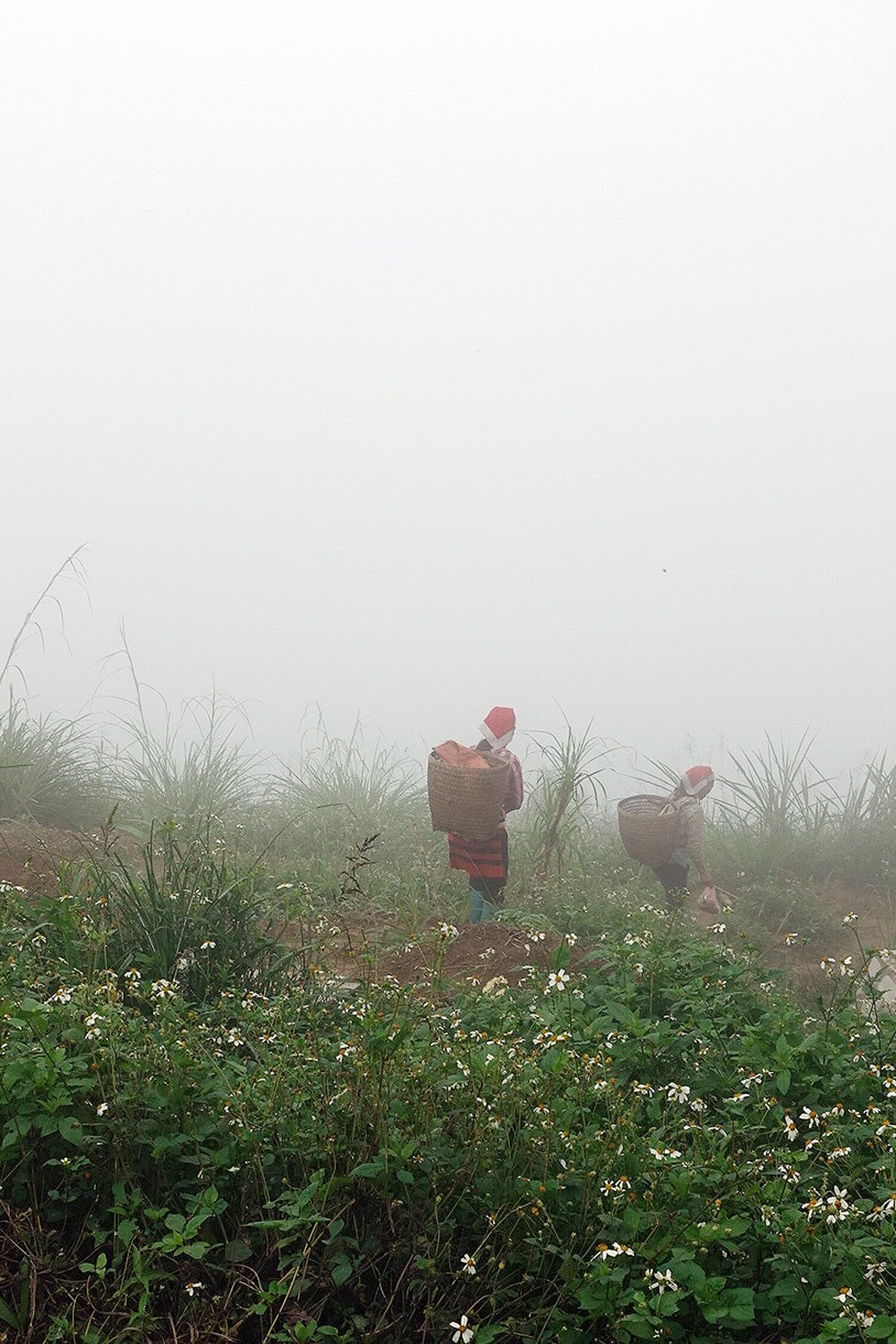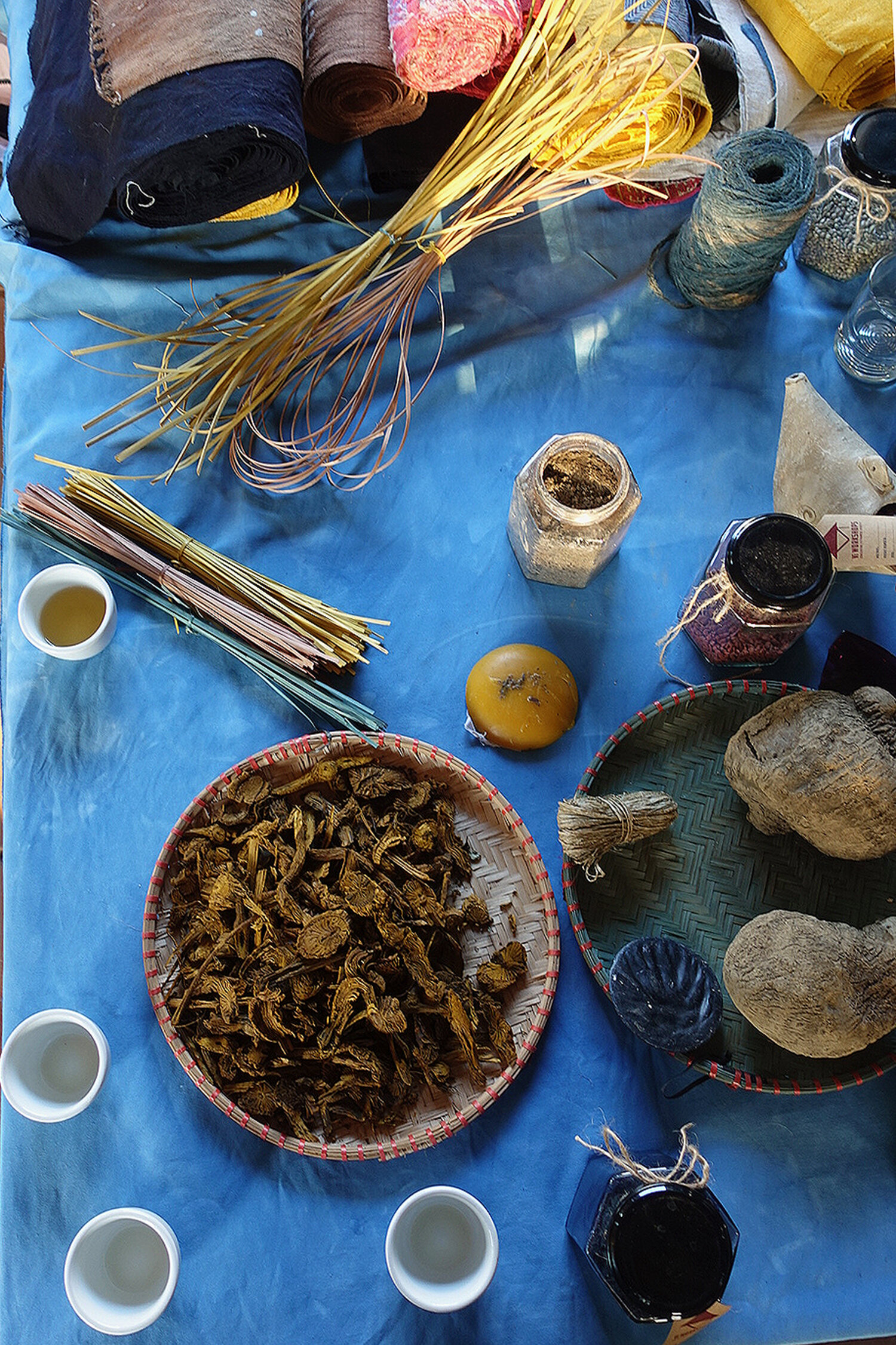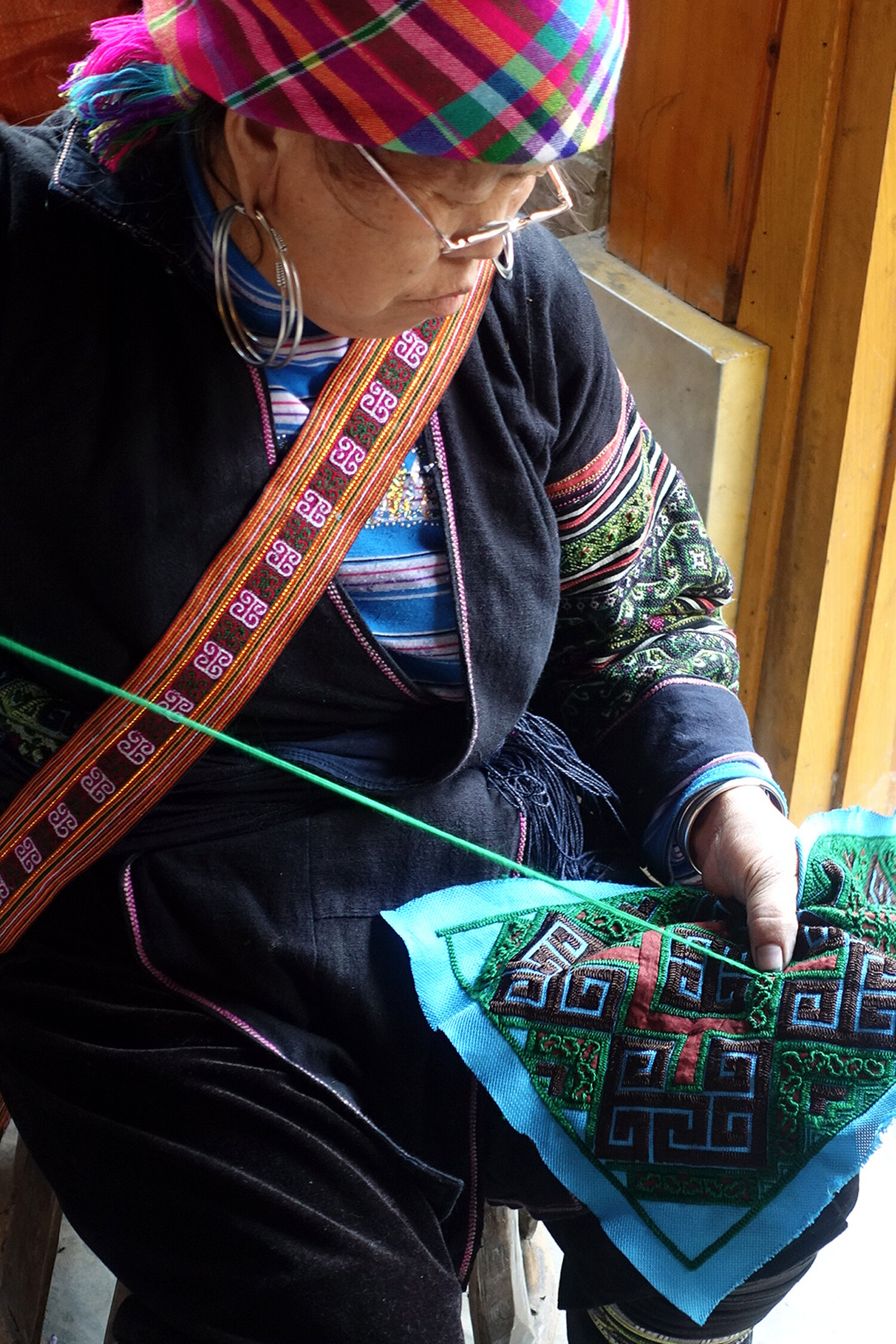Conscious Design



Looking beyond conscious design.
Almost twenty years after purchasing “No Logo” by Naomi Klein, I finally had the courage to read past the first chapter.
In 1999, when my career in fashion and textiles was just a consideration, I was far from ready to confront hard facts about all that was wrong with capitalism in the fashion industry. The questionable relationship between profits driving decisions for brands, conditions of cheaper manufacturing overseas, and the misconception of ‘need’ vs. ‘want’ within modern-day consumer culture- all could hold an uncomfortable mirror up to my own spending decisions.
Years on, with a range of wholesale and fast fashion companies later, my fledgling textile design experience progressed to leading textile design teams. With more managerial responsibility, my focus shifted to influencing positive change for the business in terms of sustainable design practices and empowerment. When it came to sustainable practices, regardless of the reassurances each company’s ethical or environmental standards outlined, the current global climate crisis we face ourselves today clearly shows these standards are not enough.
Surely being part of a community enabling ideas to come alive to a wider audience was a good thing? Dissonance conflicted with an industry I found incredible personal growth - through challenges and rewards. Being inside fashion also provided perks - discount on expensive ‘investment pieces’, source coveted pre-loved clothing and homewares from unique places, support local companies or makers, engage in creative exchanges that experience and status brought.
However, with more than 13 million tonnes of textiles discarded per year around the globe, 75% are destined for incineration or landfill. Research shows the average customer is buying twice as much as we did 15 years ago - wearing each piece 36% less than before. I wanted to balance my professional practice towards a more egalitarian outcome - without compromising passion, aesthetics, or access to a livable wage. On my exploration to figure this out, a good friend introduced me to Thao, the founder of TextileSeekers.
Sharing similar experiences in the industry, we both have heritage from parts of Asia that rely on manufacturing as a significant contribution to the national wealth. Unfortunately, opportunities in trade for these developing nations has come at a cost to the environment and the people who inhabit them. For Thao, this is Vietnam. I joined her on the first TextileSeekers Hill Tribe tour.
Vietnam ranks among the top four largest textile exporters globally with China and Bangladesh at the forefront. 70% of these factories are located in the North - close or within Vietnam’s capital, Hanoi, and Ho Chi Minh City. Reports of tension between local communities and foreign-owned manufacturing plants are clear, regardless of whether employment includes members of the same communities. On July 21, 2017, Mai Nguyen’s article for Reuters, reported of “Vietnamese villagers blockading a textile plant that serves global fashion brands” with the intent of “permanent closure of the factory due to pollution concerns, highlighting a growing readiness in Vietnam to campaign over environmental issues”.
Anticipating growth in global market share within manufacturing - and wanting to minimize state criticism - the Vietnamese government is encouraging initiatives to increase eco-friendly methods by insisting companies adhere to “environmental standards in order to stay in the country”. Examples include increasing the use of natural fibres, such as bamboo, reducing synthetic fibres reliant on petrochemicals, ozone dye treatments to reduce chemical waste and water consumption, or natural ways to regulate the temperature of the factory infrastructures such as planting vertical rooftop gardens instead of electricity traditionally powering air-cooling methods.
Seeing smarter actions of working better with the environment were motivating, and the preservation of traditional crafts with makers in Hanoi and Sa Pa was inspiring. The tour connects visitors with generations of artisans from rural villages, who teach their expertise in embroidery and natural dye techniques. This appealed to the tactile love I have of textiles. Secondly, the mountainous peaceful scenery at Topas Ecolodge was breathtaking, quality of food nourishing, and the community ties achieved through working with local government, farmers, and craftspeople demonstrated how a circular ecology could succeed.
Affording a business model surrounded in stunning natural beauty, employing specific craftsmanship and manufacturing, are hard to replicate in London. However, the principles remain. Starting with the opportunity to collaborate directly with local makers, or buying local produce nationally and travelling abroad. Supporting the use of ethical natural materials and dye techniques. Recalibrate the balance of analog vs. technology to improve quality in smaller batches. Mend or repurpose worn things. Pay more attention, reevaluate why you are buying something in the first place, and slow down. Eschewing a lasting age of conscious fashion is complex, and requires increased systematic accountability - but may be new ways of seeing, are not as new for some generations or cultures preceding us.
To find out what some of these certifications are, click here.
